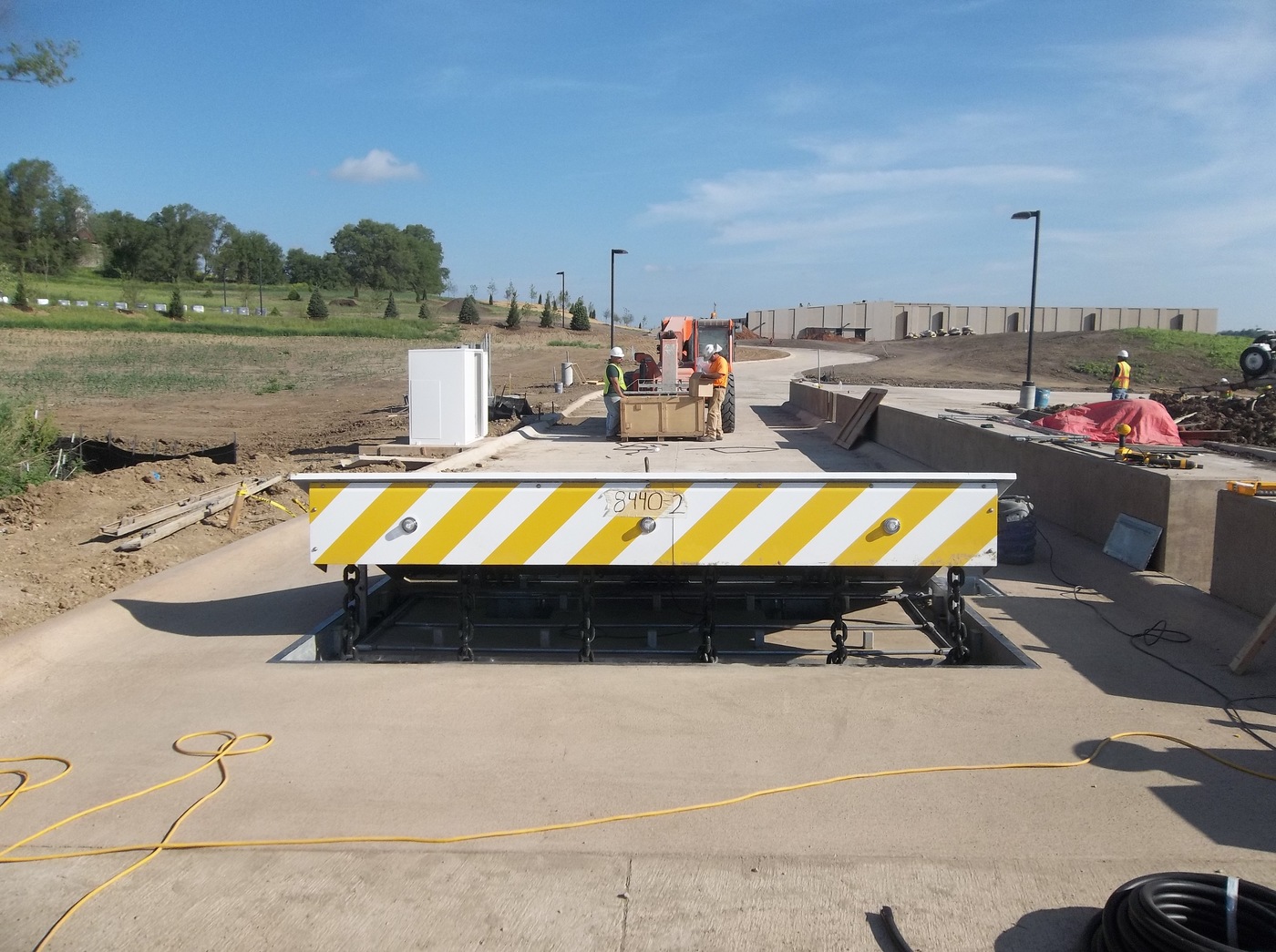The Basic Principles Of Wedge Barriers


18 may be done faster, article conveniently, and cost successfully. FIG. In specific embodiments, the anchor 30 might be a steel frame consisting of plates, light beams(e. g., I-beams ), and/or various other structures that are protected within the foundation 14, which may be concrete. At the surface area 12, an upper side 28 of the anchor 30 may go to least partially exposed
, therefore making it possible for the add-on of the barrier 10 to the anchor 30. g., threaded openings)in one or more beams or plates of the anchor 30 may be revealed to the surface 12. In this manner, screws 32 or other mechanical fasteners might be utilized to secure the obstacle 10 to the support 30. As the barrier 10 is mounted to the surface area 12 of the foundation 14, collection of particles and other material underneath the obstacle might be decreased, and parts of the bather 10 may not be revealed to listed below grade environments. As shown by reference character 52, the lifting device 50 includes elements disposed under the wedge plate 16. For official statement instance, the components 52 below the wedge plate 16 may consist of an electromechanical actuator, a web cam, several web cam surfaces, etc. In addition, the training system 50 consists of a springtime setting up 54
The spring rod 58 is coupled to a cam(e. g., cam 80 displayed in FIG. 4) of the training mechanism 50. The springs 60 disposed concerning the spring pole 58 are kept in compression by springtime supports 62, consisting of a repaired spring assistance see here now 64. That is, the set spring assistance 64 is repaired about the structure 14 and the remainder of the bather 10.
The smart Trick of Wedge Barriers That Nobody is Talking About
g., springtime assistance 65 )might be repaired to completion of the spring rod 58 to make it possible for compression of the springtimes 60. As the springs 60 are pressed between the spring sustains 62, the springtime assembly 54 creates a force acting on the webcam paired to the spring rod 58 in an instructions 66. The remaining force used to
the cam webcam deploy release wedge plate 16 may be provided by an electromechanical actuator 84 or other various other. Thus, the spring assembly 54 and the actuator 84(e. g., electromechanical actuator)may run together to equate the web cam and lift the wedge plate 16.
As pointed out over, in the deployed position, the wedge plate 16 serves to obstruct access or traveling past the barrier 10. The obstacle 10(e. g., the wedge plate 16 )might block pedestrians or lorries from accessing a residential property or path. If a car is traveling in the direction of the deployed wedge plate 16(e. For example, in one circumstance, the security legs 86 may be prolonged duringmaintenance of the barrier 10.